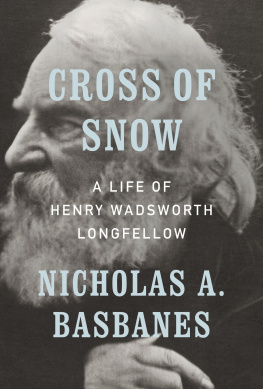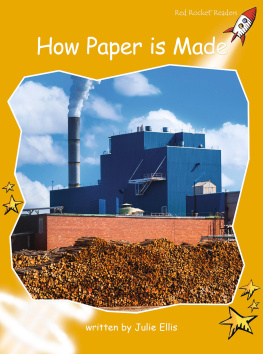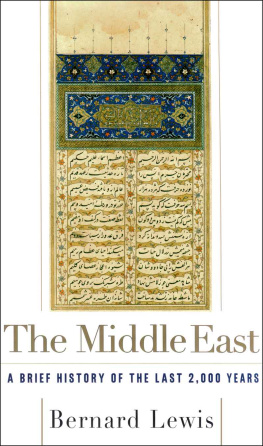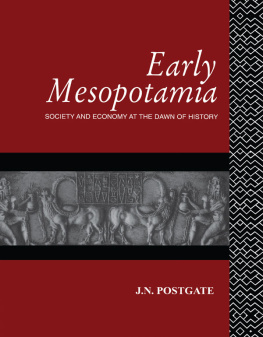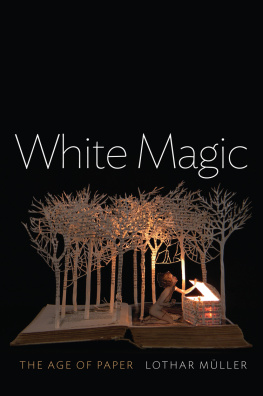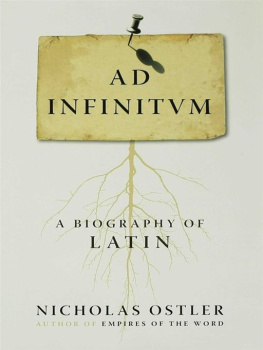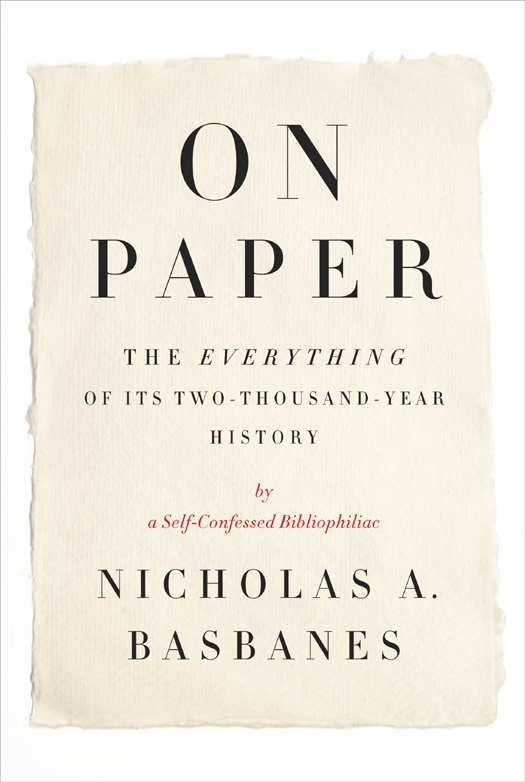Nicholas A. Basbanes - On Paper: The Everything of Its Two-Thousand-Year History
Here you can read online Nicholas A. Basbanes - On Paper: The Everything of Its Two-Thousand-Year History full text of the book (entire story) in english for free. Download pdf and epub, get meaning, cover and reviews about this ebook. year: 2013, publisher: Knopf, genre: Detective and thriller. Description of the work, (preface) as well as reviews are available. Best literature library LitArk.com created for fans of good reading and offers a wide selection of genres:
Romance novel
Science fiction
Adventure
Detective
Science
History
Home and family
Prose
Art
Politics
Computer
Non-fiction
Religion
Business
Children
Humor
Choose a favorite category and find really read worthwhile books. Enjoy immersion in the world of imagination, feel the emotions of the characters or learn something new for yourself, make an fascinating discovery.

- Book:On Paper: The Everything of Its Two-Thousand-Year History
- Author:
- Publisher:Knopf
- Genre:
- Year:2013
- Rating:5 / 5
- Favourites:Add to favourites
- Your mark:
On Paper: The Everything of Its Two-Thousand-Year History: summary, description and annotation
We offer to read an annotation, description, summary or preface (depends on what the author of the book "On Paper: The Everything of Its Two-Thousand-Year History" wrote himself). If you haven't found the necessary information about the book — write in the comments, we will try to find it.
A consideration of all things paperits invention that revolutionized human civilization; its thousand-fold uses (and misuses), proliferation, and sweeping influence on society; its makers, shapers, collectors, and pulperswritten by the admired cultural historian and author of the trilogy on all things book-related: A Gentle Madness;Patience and Fortitude (How could any intelligent, literate person not just love this book?Simon Winchester); and A Splendor of Letters (Elegant, wry, and humaneAndr Bernard, New York Observer).
Nicholas Basbanes writes about paper, from its invention in China two thousand years ago to its ideal means, recording the thoughts of Islamic scholars and mathematicians that made the Middle East a center of intellectual energy; from Europe, by way of Spain in the twelfth century and Italy in the thirteenth at the time of the Renaissance, to North America and the rest of the inhabited world.
Basbanes writes about the ways in which paper has been used to record history, make laws, conduct business, and establish identities . . . He makes clear that without paper, modern hygienic practice would be unimaginable; that as currency, people will do almost anything to possess it . . . that the Industrial Revolution would never have happened without paper on which to draw designs and blueprints.
We see papers crucial role in the unfolding of historical events, political scandals, and sensational trials: how the American Revolution which took shape with the Battle of Lexington and Concord, began with the Stamp Act of 1765 . . . the Dreyfus Affair and the forged memorandum known as the bordereau . . . Americas entry into World War I with the Zimmerman Telegram . . . the Alger Hiss spy case and Whittaker Chamberss testimony involving the notorious Pumpkin Papers . . . Daniel Ellsbergs release of the Pentagon Papers in 1971 and the scandal of Watergate.
Basbanes writes of his travels to get to the source of the storyto China, along the Burma Road, and to Japan, whose handmade paper, washi, is as much an expression of the human spirit as it is of craftsmanship . . . to Landover, Maryland, home of the National Security Agency and its one hundred million ultra secret documents, pulped by cryptologists and sent to be recycled as pizza boxes and egg cartons . . . to the Crane Paper mill of Dalton, Massachusetts, a seventh-generation family-owned enterprise, the exclusive supplier of paper for American currency since 1879 . . . and to the Kimberly-Clark mill in New Milford, Connecticut, manufacturer daily of one million boxes of Kleenex tissue and as many rolls of Scott kitchen towels.
Entertaining, illuminating, irresistible, a book that masterfully guides us through papers inseparability from human culture . . .
Nicholas A. Basbanes: author's other books
Who wrote On Paper: The Everything of Its Two-Thousand-Year History? Find out the surname, the name of the author of the book and a list of all author's works by series.


